DOOM: The Dark Ages is the latest hellspawned beast from id Software, once again redefining expectations in the FPS genre. As a bold prequel to DOOM (2016) and DOOM: Eternal, it steps away from sleek Martian tech and plunges headlong into brutal medieval fantasy. It’s a gamble that mostly pays off — blending relentless combat, intricate level design, a grim fantasy aesthetic, and revolutionary id Tech 8 graphics. With an emphasis on tactile brutality, shield-and-flail mechanics, and Siege-era warfare, The Dark Ages aims to build a bridge between the Slayer’s mythological origin and the high-octane arena blasting of modern DOOM.
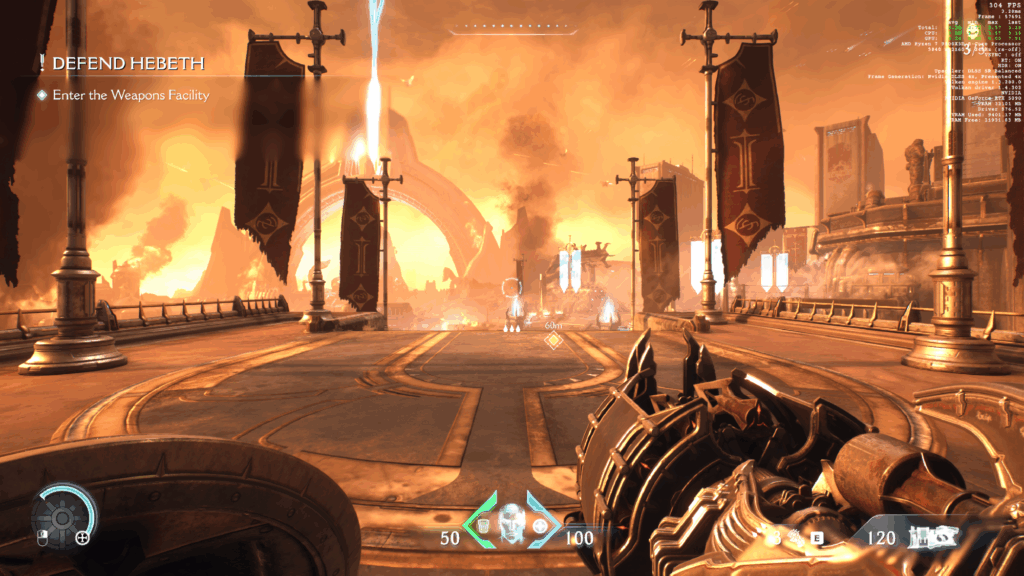
Combat and Gameplay Loop – A Medieval Evolution of Carnage
Core to the DOOM DNA is its kinetic loop of aggression: shoot, stagger, execute, reposition. The Dark Ages preserves this loop but augments it with melee combat and strategic defense. The ironshield and flail are standout additions, allowing the Slayer to block, bash, counter, and crush in ways that elevate close-quarters skirmishes. The shield doubles as a projectile deflector and mobility tool, while the flail creates area-of-effect crowd control moments. These changes shift the flow of battle into a more timing-sensitive, rhythmically violent experience.
DOOM: The Dark Ages core gameplay loop is going back to boots on the ground – melee and parry for the most damage. You are forced to get right in the face of your enemies for the most success or death – it’s a loop that was incredibly fun to play against. By late game, however, we had hope more mechanics would be introduced to spice up the formula with more trust in the player.
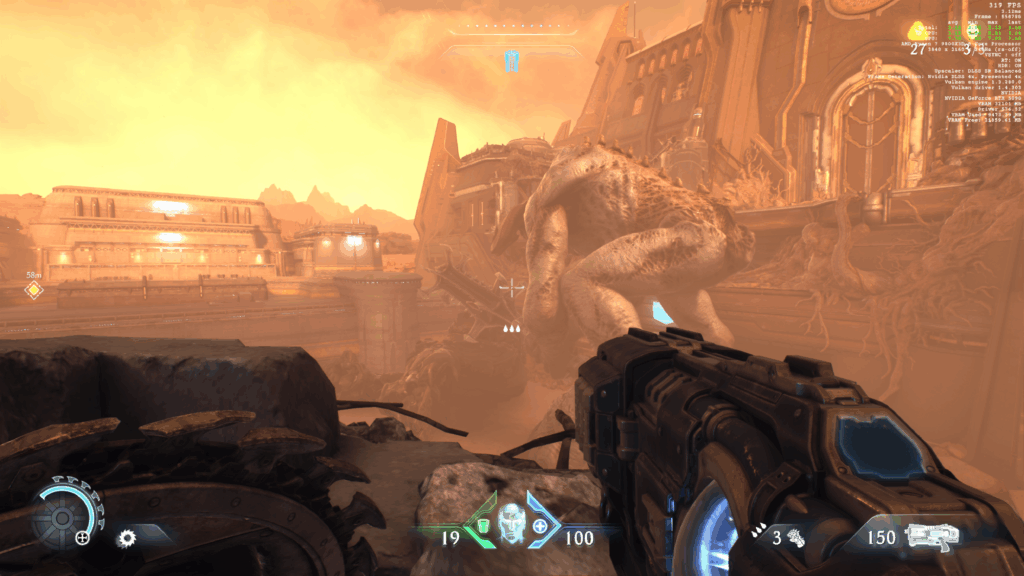
Weapon diversity remains high. Classic firearms like the super shotgun return, now enhanced with medieval aesthetic flair and mechanical attachments that fit the period. New additions, such as the crossbolt repeater and chained warblades, broaden the arsenal with interesting tactical applications. Swapping between ranged devastation and brute melee is fluid and rewarding, especially when synergizing cooldowns, powerups, and environmental hazards.
Enemy design also sees refinement. Armored Sentinels, plague knights, and corrupted war beasts create opportunities for varied combat tactics. Execution finishers are more cinematic and diverse, with unique animations tied to enemy types and kill angles. Boss fights — such as the towering siege golem and demonic wyvern — inject spectacle into the experience, though some overstay their welcome.
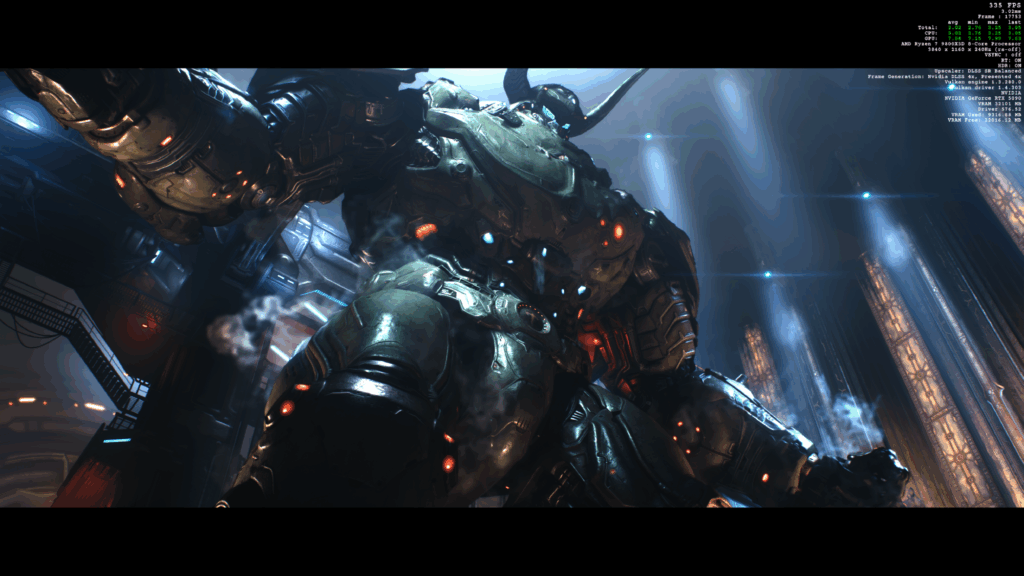
Progression, Exploration & Level Design
Level architecture takes inspiration from classic Metroidvanias, with interconnected hub areas, cryptic secrets, and environmental storytelling. Hidden rooms, puzzle keys, optional mini-bosses, and weapon upgrade shrines reward thorough exploration. While DOOM: Eternal emphasized verticality, The Dark Ages introduces more claustrophobic tunnels, massive siege courtyards, and collapsed catacombs, creating new challenges for movement and positioning.
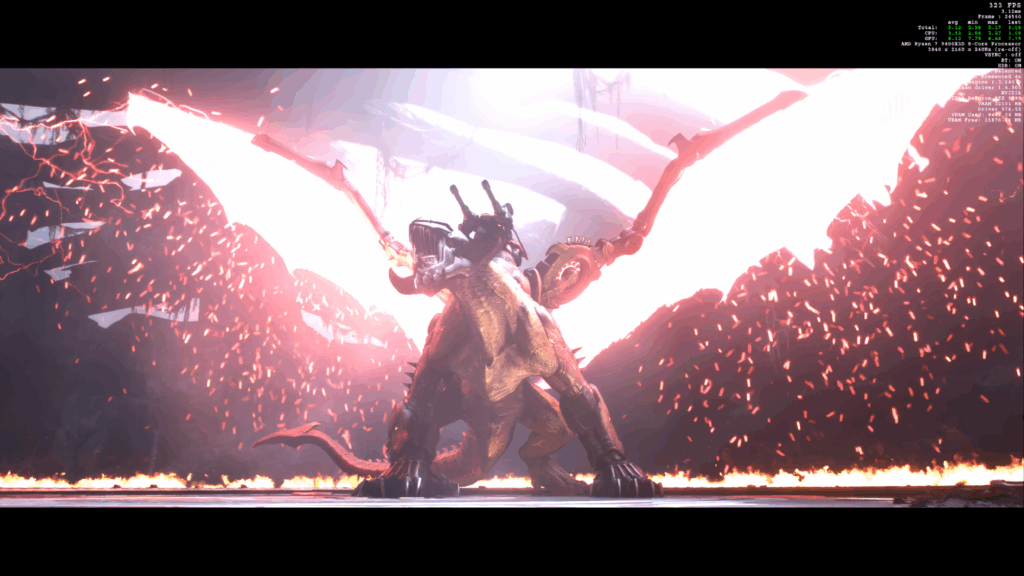
Progression is now tied to both relic acquisition and smithy rituals. Instead of Praetor suits, players unlock ‘Sigils’ that enhance core stats like rage duration, dash cooldown, and resistances. These are earned via skill-based gauntlet trials or discovered deep within the world. The upgrade tree for weapons has also been expanded to include alternate modes for each firearm or melee, encouraging experimentation and replayability.
Visual Presentation – Power and Precision of id Tech 8
id Tech 8 is an undeniable triumph. Running on Vulkan, it maintains high framerates while delivering stunning detail. From lava-drenched strongholds to ancient ruins overtaken by hellgrowth, every texture, reflection, and particle effect is rendered with eerie fidelity. Real-time lighting now integrates volumetric decay and dynamic shadows that respond to the environment and enemy movement. Subsurface scattering on flesh and armor deformation is subtle but adds weight to combat.
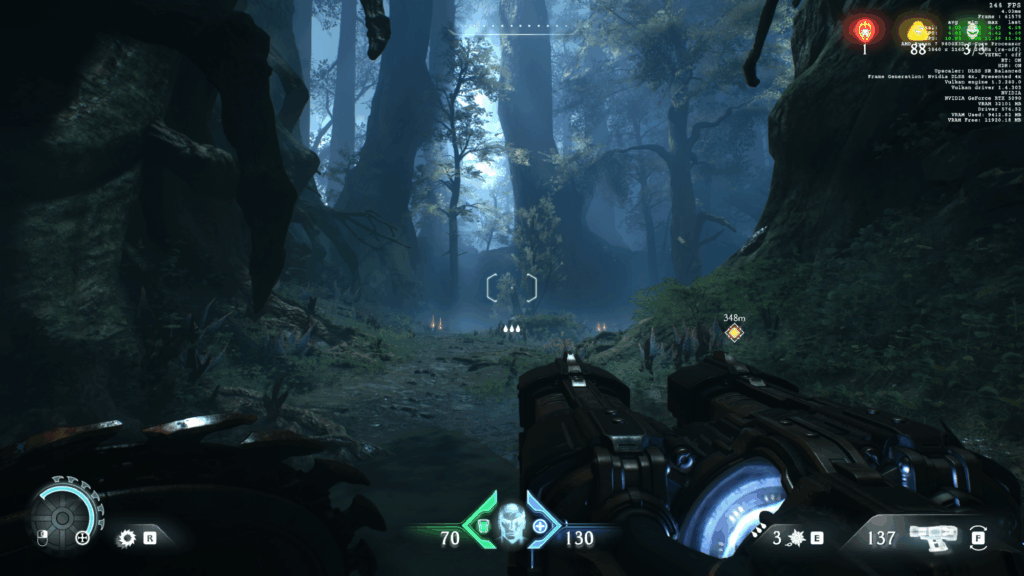
Performance across hardware tiers is stellar. We tested on both AMD and NVIDIA’s GPUs to get an overall look at the performance you can expect. Using Nightmare / 2048 Texture Pool at 1440p and 1080p, average frame rates remained well 50 to 60 FPS on most cards with the 5080 breaking 110+ FPS. This is before upscaling which is incredible, given the base framerates will allow you upscale with much more reliability and quality.
Even with heavy effects, like siege cannon barrages or enemy hordes with particle trails, frame pacing was tight. The game also leverages upscalers like DLSS 3, FSR 3, and XeSS 1.3 for further boost without noticeable quality trade-offs.
Benchmarks – 2560 x 1440p Ultra Preset
Test Rig: AMD Ryzen 7 98000X3D, 64GB DDR5-6400, NVMe Gen4 SSD, Windows 11


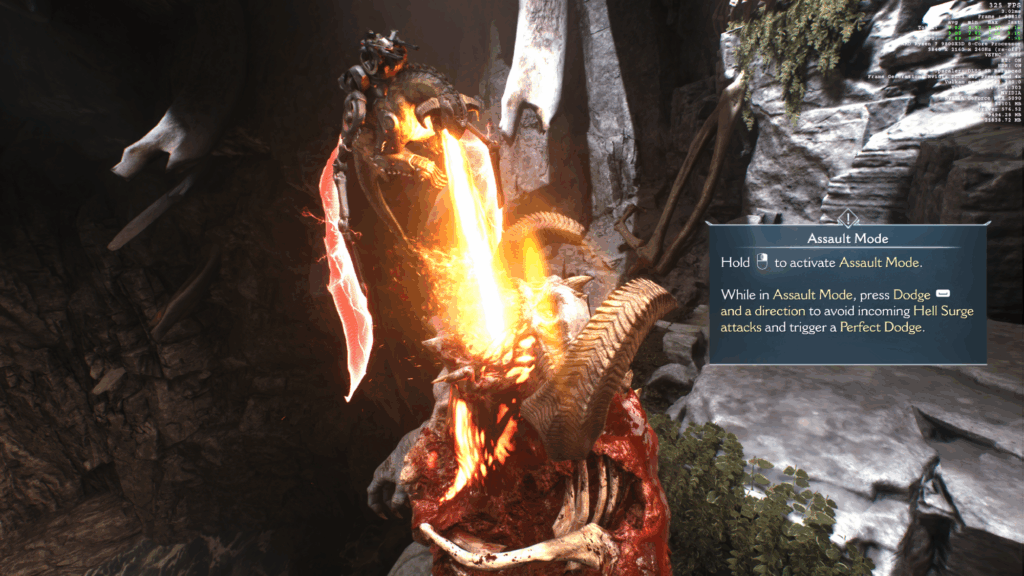
Design, Storytelling & Criticisms
While its ambition is commendable, The Dark Ages occasionally stumbles. Level layouts, while rich in verticality and scale, can become disorienting due to a lack of environmental variation. Many areas reuse palette-heavy designs — dark greens, purples, ash-gray stone — which blend together across multi-hour play sessions.
Narrative delivery leans into cryptic scripture and fragmented flashbacks. While lore enthusiasts may relish piecing together the Slayer’s genesis, newcomers may find the story obtuse. Cutscenes have increased in length and frequency compared to prior DOOM titles, occasionally breaking the game’s previously relentless pacing.
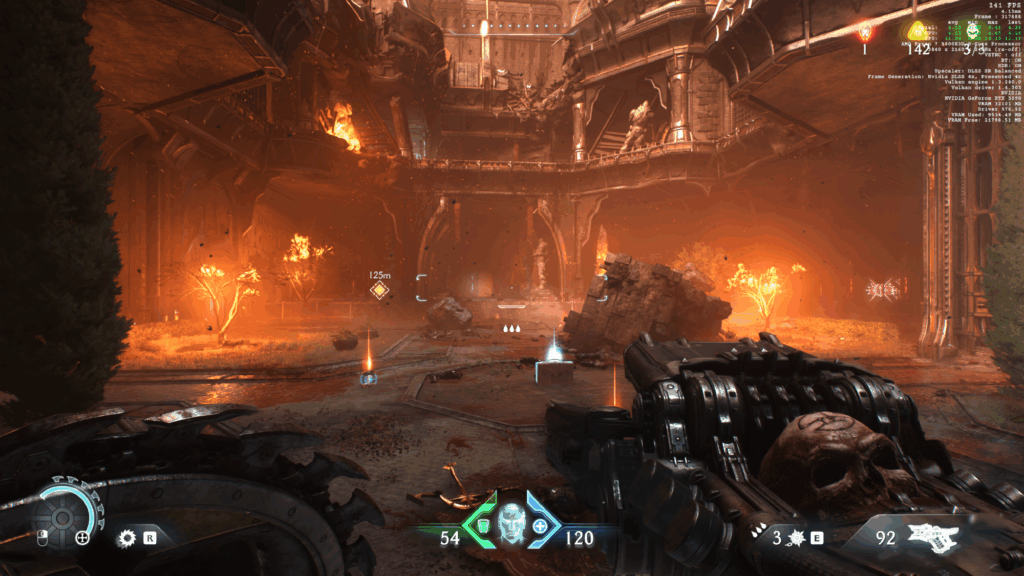
Some mechanical systems feel undercooked. Mounted dragon combat, teased as a game-changing feature, rarely strays from on-rails shooting. This is the worst part of the game and if they were removed, the game would be better for it. We understand the direction, but it just has not worked for DOOM. Companion AI allies introduced in a few missions are visually impressive but lack meaningful gameplay impact. If the focus shifted to giving the player as many tools as possible to tackle an encounter on their own, without restrictions or forced gameplay loops, and you’ll have the best DOOM entry possible.
Conclusion – The Slayer Reforged
DOOM: The Dark Ages is a grand evolution of the franchise — one that honors its legacy while forging a new path through blood, steel, and myth. It is not the best entry in the trilogy we thought it would be, we still believe that’s a crown DOOM: Eternal. However, DOOM: The Dark Ages delivers punishing combat, sublime performance, and a fresh tone that sets it apart from its predecessors. It’s a title that takes risks and mostly succeeds, though a handful of those risks expose seams in pacing, tone, and clarity. The end boss is shockingly disappointing, we hope DLC can rectify this shortcoming especially.
id Software has once again proven its mastery of technical polish and gameplay aggression. The Dark Ages is a worthy addition to the Slayer’s saga and one of the boldest shooters of the generation. We highly recommend it and it’s a must buy.
Final Verdict
Gameplay: 9/10 – Deepened by melee nuance and dynamic tools.
Visuals & Performance: 9.5/10 – Industry-leading fidelity and scaling.
Design & Atmosphere: 8/10 – Dense and immersive, but occasionally redundant.
Narrative & Lore: 7.5/10 – Rich but cryptic, highly skippable, and that’s the most disappointing.
Overall: 8/10 – A mythic, metal-scorched evolution of DOOM’s legacy.
DOOM: The Dark Ages: id Software has once again proven its mastery of technical polish and gameplay aggression. The Dark Ages is a worthy addition to the Slayer’s saga and one of the boldest shooters of the generation. We highly recommend it and it's a must buy. – Mario Vasquez